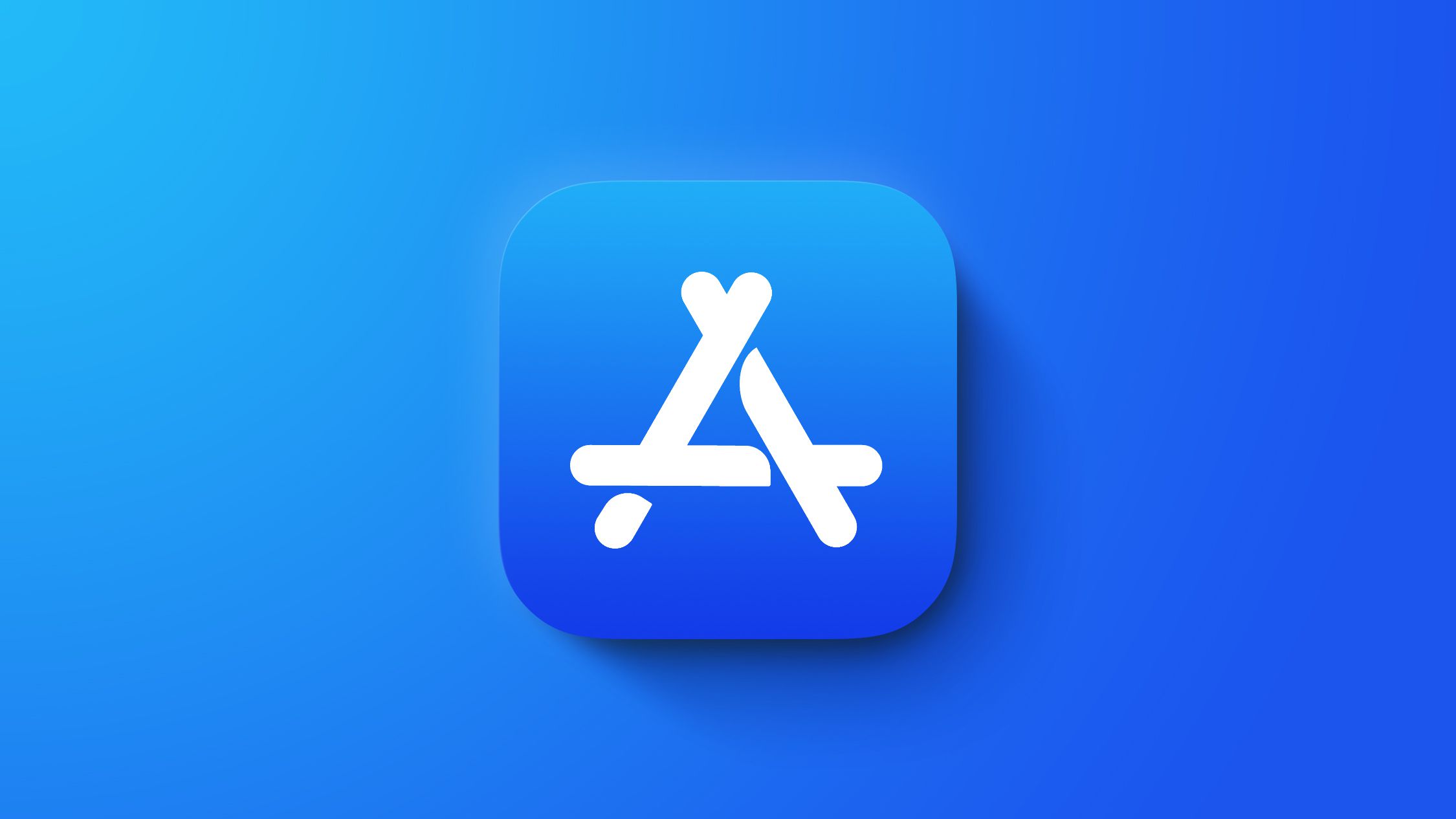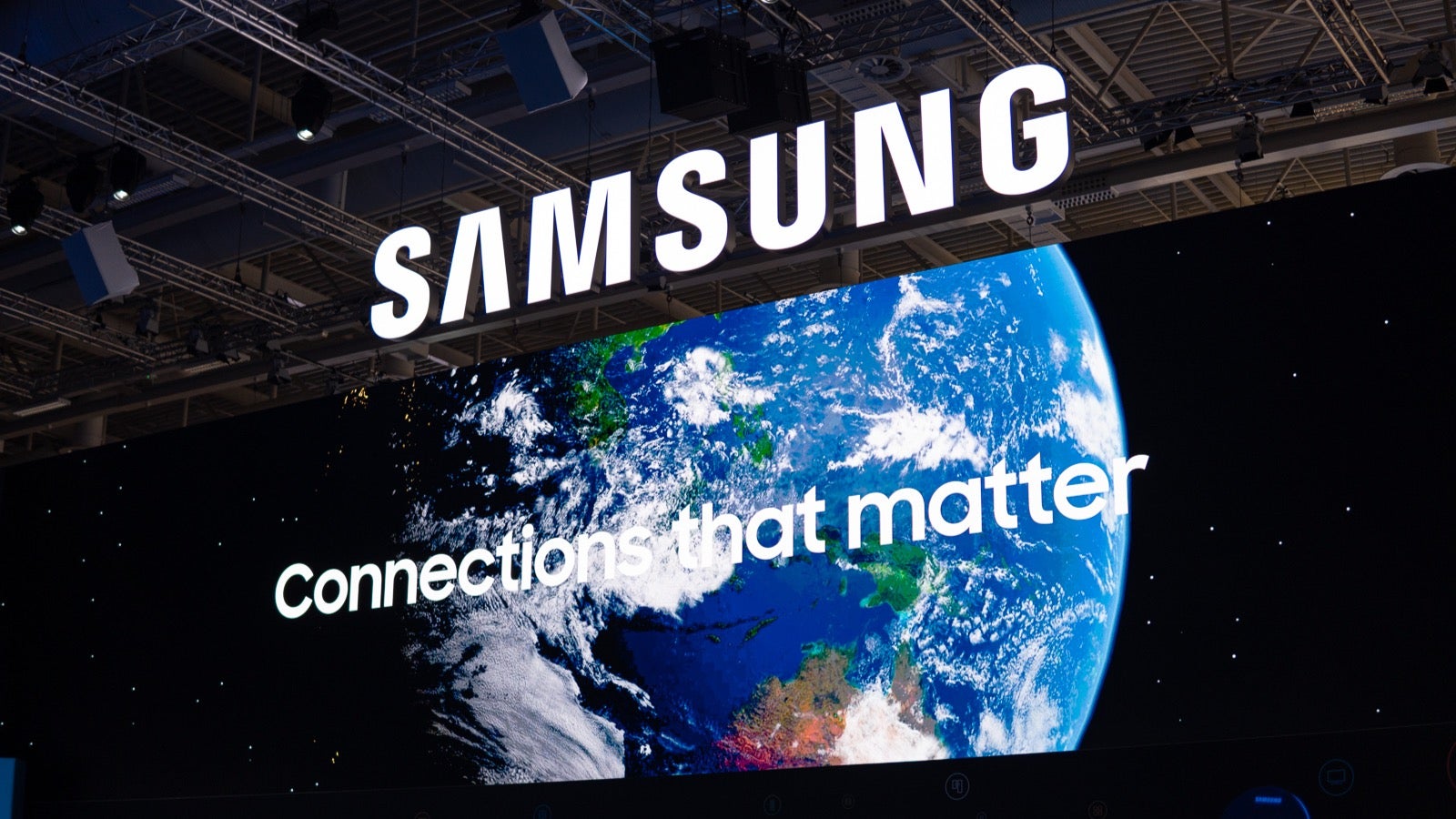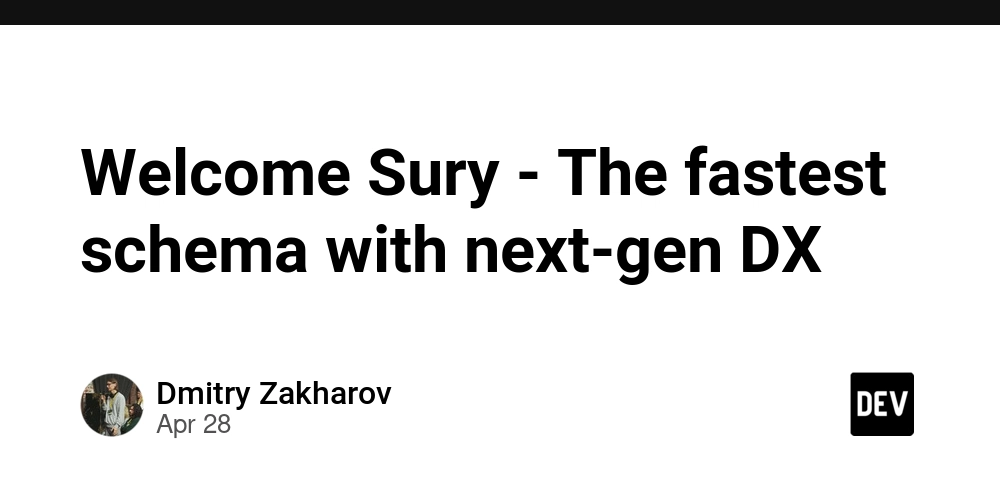10 Best Cloud Monitoring Tools for 2025
As cloud adoption becomes nearly universal, with 96% of companies utilizing at least one public cloud and 84% employing private cloud solutions, the reliance on cloud services has intensified. This widespread dependence underscores the critical need for robust cloud monitoring to ensure system reliability and performance. Cloud monitoring tools provide real-time insights into your infrastructure, applications, and services, enabling proactive management and rapid issue resolution. Whether you're operating in a public, private, or hybrid cloud setup, selecting the right cloud monitoring solution is crucial for maintaining operational excellence. Bonus cloud monitoring solution Before we read into the list, let me ask you this – how much do you depend on cloud services and SaaS providers? Wouldn’t it be great to monitor the uptime of all your dependencies in a single status page? Well, StatusGator can help. It is a specialized cloud monitoring tool that excels in providing real-time visibility into the operational status of over 5,000 cloud services. Designed for IT teams, DevOps, and enterprise support desks, it aggregates official status updates from a vast array of cloud providers into a single, unified dashboard. One of StatusGator's standout features is its early warning signals, which notify users of potential service disruptions before they are publicly announced. This proactive approach enables organizations to address issues promptly, minimizing downtime and maintaining service reliability. Additionally, StatusGator offers granular monitoring to track specific regions or components of a cloud service. This level of detail is crucial for organizations operating in multiple geographic locations or relying on specific service components, as it ensures precise monitoring and rapid response to localized issues. By aggregating cloud status information and providing advanced monitoring features, StatusGator serves as a valuable tool for maintaining the health and performance of cloud-dependent operations. It also integrates with other monitoring solutions. Now, back to the list of the top 10 cloud monitoring tools in 2025, tailored to diverse organizational needs. Top cloud monitoring tools 1. Datadog Datadog is a leading cloud monitoring tool that provides end-to-end visibility across cloud infrastructure, applications, and services. It integrates with over 850 technologies, including AWS, Azure, and Google Cloud, to centralize monitoring in hybrid and multi-cloud environments. Datadog unifies metrics, logs, traces, and security signals, enabling real-time infrastructure monitoring and detailed application performance insights. With machine learning-powered alerts and a single-pane-of-glass view, it helps teams detect anomalies, resolve issues quickly, and optimize cloud performance. 2. New Relic New Relic is an observability platform that offers real-time insights into applications, infrastructure, and cloud environments. Its Application Performance Monitoring (APM) provides a 360-degree view of telemetry across your entire stack, enabling teams to detect and resolve issues swiftly. With infrastructure monitoring, New Relic delivers a complete view of the health and configuration changes across all environments, facilitating proactive troubleshooting. The platform's integration with Azure allows for seamless monitoring of services, applications, and infrastructure, providing real-time insights into performance and functionality. Additionally, New Relic's AI-powered analytics automatically detect anomalies, offering actionable insights to minimize alert fatigue and enhance operational efficiency. 3. Dynatrace Dynatrace leverages AI to deliver precise answers about the performance of applications, underlying infrastructure, and user experience. It offers automatic discovery and mapping of applications and services, making it a powerful tool for complex cloud environments. Beyond its AI-driven insights, Dynatrace provides observability across hybrid and multi-cloud environments, including AWS, Azure, Google Cloud, and VMware. Its OneAgent technology enables automatic instrumentation and continuous monitoring of infrastructure, applications, and services, offering real-time visibility into system health and performance. The platform's Grail data lakehouse unifies logs, metrics, traces, and business data, facilitating advanced analytics and rapid root-cause analysis. With support for over 750 technologies, Dynatrace empowers organizations to proactively manage their cloud environments, enhance application performance, and ensure optimal user experiences. 4. AppDynamics AppDynamics, now part of the Splunk Observability portfolio, provides full-stack observability across hybrid and multi-cloud environments. It enables real-time monitoring of applications, infrastructure, and user experiences, ensuring optimal perfor
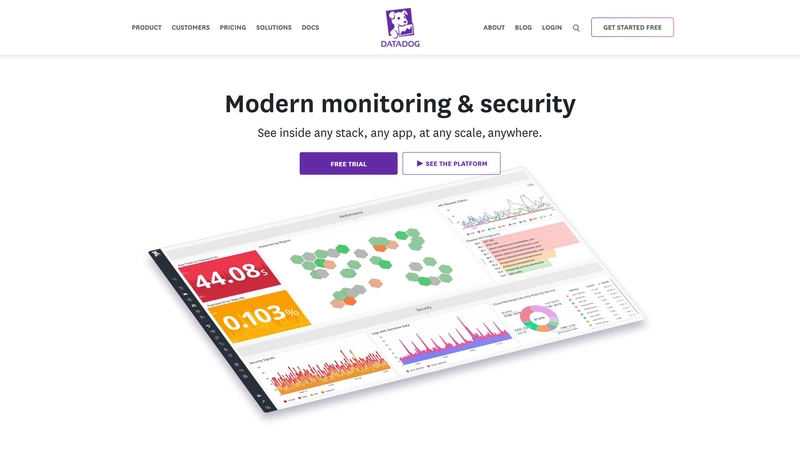
As cloud adoption becomes nearly universal, with 96% of companies utilizing at least one public cloud and 84% employing private cloud solutions, the reliance on cloud services has intensified. This widespread dependence underscores the critical need for robust cloud monitoring to ensure system reliability and performance.
Cloud monitoring tools provide real-time insights into your infrastructure, applications, and services, enabling proactive management and rapid issue resolution.
Whether you're operating in a public, private, or hybrid cloud setup, selecting the right cloud monitoring solution is crucial for maintaining operational excellence.
Bonus cloud monitoring solution
Before we read into the list, let me ask you this – how much do you depend on cloud services and SaaS providers? Wouldn’t it be great to monitor the uptime of all your dependencies in a single status page?
Well, StatusGator can help. It is a specialized cloud monitoring tool that excels in providing real-time visibility into the operational status of over 5,000 cloud services. Designed for IT teams, DevOps, and enterprise support desks, it aggregates official status updates from a vast array of cloud providers into a single, unified dashboard.
One of StatusGator's standout features is its early warning signals, which notify users of potential service disruptions before they are publicly announced. This proactive approach enables organizations to address issues promptly, minimizing downtime and maintaining service reliability.
Additionally, StatusGator offers granular monitoring to track specific regions or components of a cloud service. This level of detail is crucial for organizations operating in multiple geographic locations or relying on specific service components, as it ensures precise monitoring and rapid response to localized issues.
By aggregating cloud status information and providing advanced monitoring features, StatusGator serves as a valuable tool for maintaining the health and performance of cloud-dependent operations. It also integrates with other monitoring solutions.
Now, back to the list of the top 10 cloud monitoring tools in 2025, tailored to diverse organizational needs.
Top cloud monitoring tools
1. Datadog

Datadog is a leading cloud monitoring tool that provides end-to-end visibility across cloud infrastructure, applications, and services.
It integrates with over 850 technologies, including AWS, Azure, and Google Cloud, to centralize monitoring in hybrid and multi-cloud environments.
Datadog unifies metrics, logs, traces, and security signals, enabling real-time infrastructure monitoring and detailed application performance insights.
With machine learning-powered alerts and a single-pane-of-glass view, it helps teams detect anomalies, resolve issues quickly, and optimize cloud performance.
2. New Relic

New Relic is an observability platform that offers real-time insights into applications, infrastructure, and cloud environments.
Its Application Performance Monitoring (APM) provides a 360-degree view of telemetry across your entire stack, enabling teams to detect and resolve issues swiftly.
With infrastructure monitoring, New Relic delivers a complete view of the health and configuration changes across all environments, facilitating proactive troubleshooting.
The platform's integration with Azure allows for seamless monitoring of services, applications, and infrastructure, providing real-time insights into performance and functionality.
Additionally, New Relic's AI-powered analytics automatically detect anomalies, offering actionable insights to minimize alert fatigue and enhance operational efficiency.
3. Dynatrace
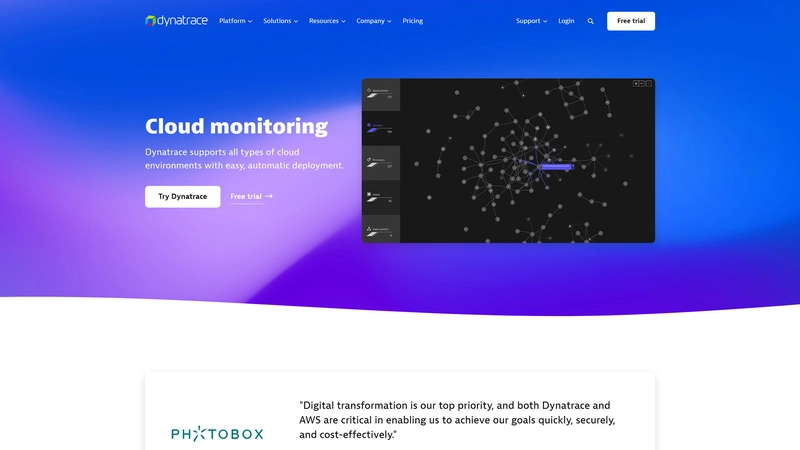
Dynatrace leverages AI to deliver precise answers about the performance of applications, underlying infrastructure, and user experience. It offers automatic discovery and mapping of applications and services, making it a powerful tool for complex cloud environments.
Beyond its AI-driven insights, Dynatrace provides observability across hybrid and multi-cloud environments, including AWS, Azure, Google Cloud, and VMware.
Its OneAgent technology enables automatic instrumentation and continuous monitoring of infrastructure, applications, and services, offering real-time visibility into system health and performance.
The platform's Grail data lakehouse unifies logs, metrics, traces, and business data, facilitating advanced analytics and rapid root-cause analysis.
With support for over 750 technologies, Dynatrace empowers organizations to proactively manage their cloud environments, enhance application performance, and ensure optimal user experiences.
4. AppDynamics

AppDynamics, now part of the Splunk Observability portfolio, provides full-stack observability across hybrid and multi-cloud environments. It enables real-time monitoring of applications, infrastructure, and user experiences, ensuring optimal performance and rapid issue resolution.
With AI-powered anomaly detection and root cause analysis, AppDynamics helps teams proactively identify and address performance bottlenecks.
Its capabilities extend to monitoring complex business transactions, providing insights into how application performance impacts business outcomes.
Additionally, AppDynamics supports monitoring of modern architectures, including microservices and serverless applications, making it a versatile tool for organizations navigating the complexities of today's cloud environments.
5. Prometheus & Grafana

Prometheus is an open-source monitoring solution designed for time-series data, commonly used with Grafana for visualization. This combination is popular among organizations seeking customizable and scalable monitoring solutions, especially in Kubernetes environments.
Prometheus excels in collecting metrics from configured targets at specified intervals, storing them efficiently, and enabling powerful queries through its PromQL language. It supports multi-dimensional data collection, service discovery, and alerting, making it ideal for dynamic cloud-native applications.
Grafana, when paired with Prometheus, enhances visibility with customizable dashboards and alerting tools that help teams track infrastructure, application performance, and service health in real time. Together, they offer a flexible, vendor-neutral solution for cloud monitoring across hybrid, public, and private cloud environments. Both tools support extensive integrations, enabling observability for a wide range of systems and services.
6. Amazon CloudWatch

Amazon CloudWatch is AWS's native monitoring service, offering real-time monitoring of AWS resources and applications. It provides metrics, logs, and alarms, enabling users to gain system-wide visibility into resource utilization and operational health.
Beyond basic monitoring, CloudWatch offers advanced capabilities such as anomaly detection powered by ML, custom dashboards, and detailed observability into applications through distributed tracing with AWS X-Ray integration.
It supports monitoring for over 70 AWS services, including EC2, Lambda, DynamoDB, and ECS, as well as on-premises servers and custom applications. CloudWatch also enables users to create automated responses to operational changes, helping reduce mean time to resolution (MTTR) and improve system resilience.
With unified metrics, logs, and traces in a single platform, CloudWatch delivers deep insight into cloud performance and helps teams optimize their AWS environments effectively.
7. Azure Monitor

Azure Monitor oversees applications and services on Microsoft Azure. It collects and analyzes telemetry data, helping organizations maximize the performance and availability of their applications and proactively identify issues.
In addition to metrics and logs, Azure Monitor supports distributed tracing, live metrics streaming, and advanced analytics through integration with Log Analytics and Application Insights.
It enables real-time monitoring of Azure resources, virtual machines, containers, and Kubernetes clusters, as well as hybrid and multi-cloud environments. Users can set up smart alerts with dynamic thresholds, visualize data through customizable dashboards, and automate responses using Azure Logic Apps.
With deep integration across the Azure ecosystem and support for open-source tools like Prometheus and Grafana, Azure Monitor empowers teams to achieve full-stack observability and optimize their cloud infrastructure effectively.
8. Google Cloud Operations Suite

Formerly Stackdriver, Google Cloud Operations Suite offers monitoring, logging, and diagnostics for applications on Google Cloud Platform. It provides real-time insights and integrates seamlessly with other Google Cloud services.
The suite includes Cloud Monitoring, Cloud Logging, Error Reporting, Trace, and Profiler, giving teams a unified view of their cloud infrastructure and application performance. It supports real-time monitoring with customizable dashboards, uptime checks, and alerting policies that integrate with email, Slack, PagerDuty, and more.
Google Cloud Operations Suite also supports hybrid and multi-cloud environments, allowing monitoring of AWS resources alongside Google Cloud services.
With built-in integration to Google Kubernetes Engine (GKE), it enables deep visibility into containerized workloads and supports metrics collection with Prometheus. These capabilities make it a robust cloud monitoring solution for maintaining performance and reliability across modern cloud environments.
9. SolarWinds Observability

SolarWinds Observability provides unified visibility into applications and infrastructure, both on-premises and in the cloud. It offers features like real-time analytics, anomaly detection, and customizable dashboards, aiding in proactive issue resolution.
The platform supports full-stack monitoring with metrics, traces, logs, and events consolidated into a single view, helping teams correlate data across cloud, hybrid, and on-premises environments. It includes native support for major cloud providers like AWS, Azure, and Google Cloud, along with out-of-the-box integrations and AI-powered insights for faster root cause analysis.
With automatic discovery and mapping of services and dependencies, SolarWinds Observability streamlines troubleshooting and enhances operational efficiency. Its flexible deployment options and scalable architecture make it an ideal choice for organizations managing complex, dynamic cloud environments.
10. LogicMonitor

LogicMonitor is a cloud-based infrastructure monitoring platform that offers automated discovery and monitoring of devices, networks, and applications. It supports hybrid environments and provides predictive alerts to prevent downtime.
Built to handle modern IT environments, LogicMonitor offers more than 2,000 pre-configured integrations across cloud platforms like AWS, Azure, and Google Cloud, as well as on-premises infrastructure. Its AIOps capabilities leverage machine learning to detect anomalies, reduce noise, and provide actionable insights.
The platform also supports cloud infrastructure monitoring, application performance monitoring, and detailed visualizations that help teams understand dependencies and performance trends. With role-based access control, customizable dashboards, and automation-friendly APIs, LogicMonitor enables scalable and secure monitoring across complex enterprise environments.
Conclusion
Selecting the right cloud monitoring tool depends on your organization's specific needs, including the complexity of your cloud environment, the level of observability required, and integration capabilities.
The tools listed above offer a range of features to cater to various monitoring requirements, ensuring that your cloud infrastructure remains robust, secure, and efficient.
To learn more about the cloud monitoring solutions, visit our blog for 10 more options.































![[Free Webinar] Guide to Securing Your Entire Identity Lifecycle Against AI-Powered Threats](https://blogger.googleusercontent.com/img/b/R29vZ2xl/AVvXsEjqbZf4bsDp6ei3fmQ8swm7GB5XoRrhZSFE7ZNhRLFO49KlmdgpIDCZWMSv7rydpEShIrNb9crnH5p6mFZbURzO5HC9I4RlzJazBBw5aHOTmI38sqiZIWPldRqut4bTgegipjOk5VgktVOwCKF_ncLeBX-pMTO_GMVMfbzZbf8eAj21V04y_NiOaSApGkM/s1600/webinar-play.jpg?#)






































































































































![[The AI Show Episode 145]: OpenAI Releases o3 and o4-mini, AI Is Causing “Quiet Layoffs,” Executive Order on Youth AI Education & GPT-4o’s Controversial Update](https://www.marketingaiinstitute.com/hubfs/ep%20145%20cover.png)













































































































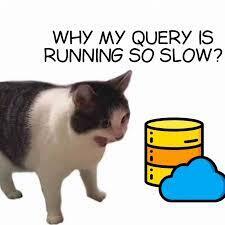
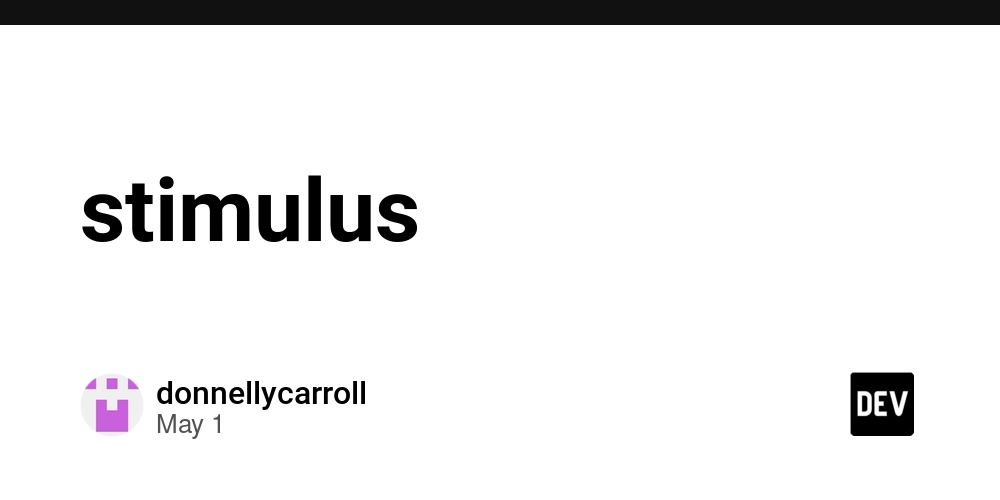
















































































































































































































































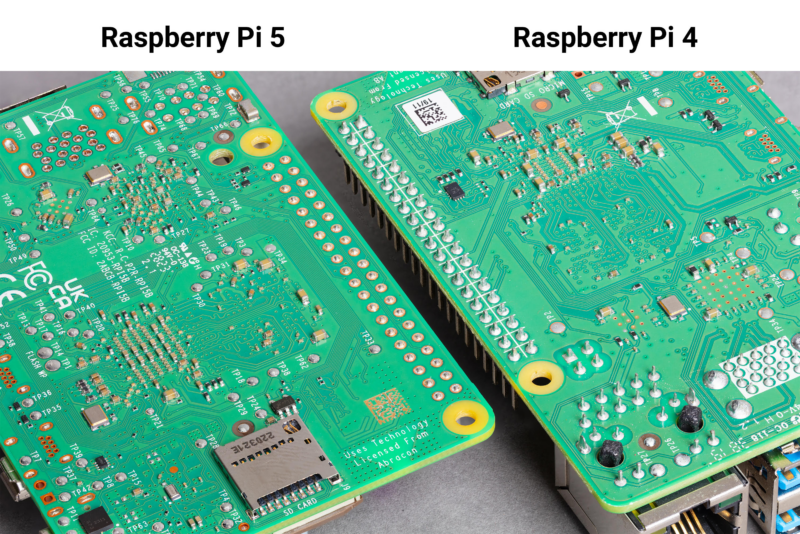

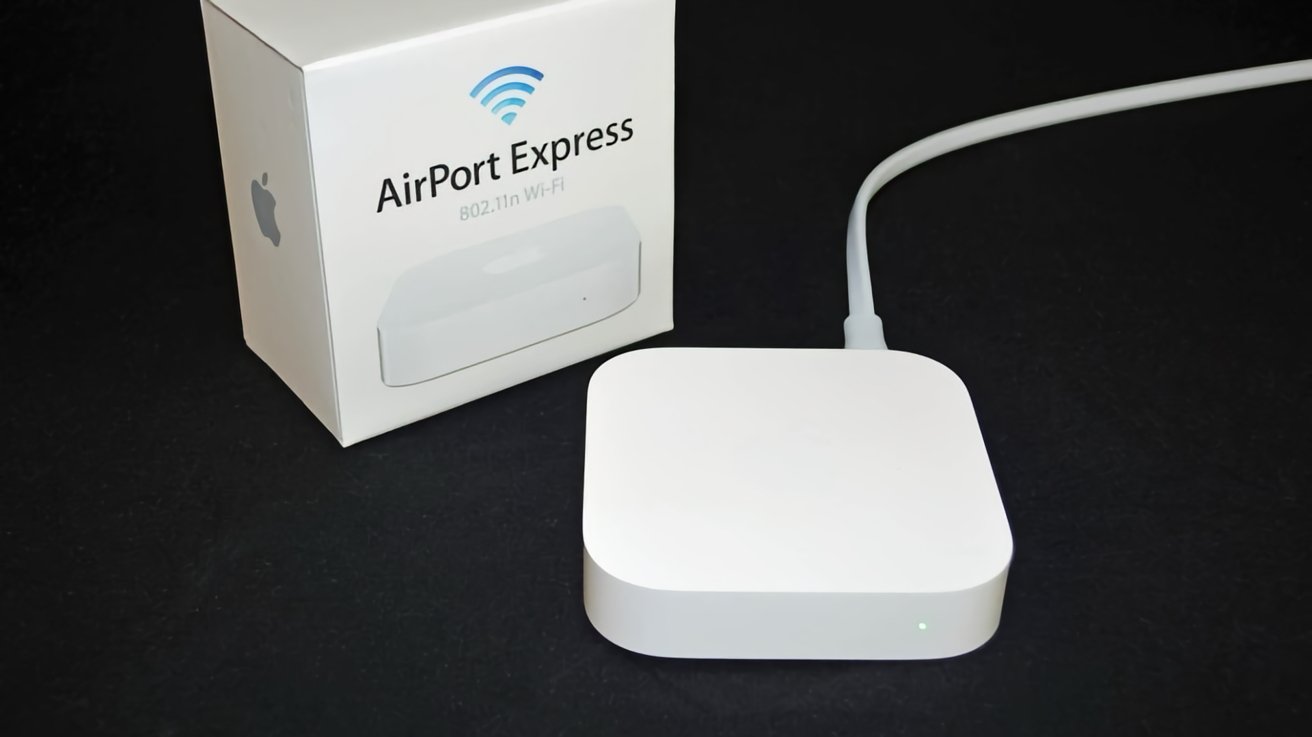
-xl.jpg)











![Google Home app fixes bug that repeatedly asked to ‘Set up Nest Cam features’ for Nest Hub Max [U]](https://i0.wp.com/9to5google.com/wp-content/uploads/sites/4/2022/08/youtube-premium-music-nest-hub-max.jpg?resize=1200%2C628&quality=82&strip=all&ssl=1)














![New Hands-On iPhone 17 Dummy Video Shows Off Ultra-Thin Air Model, Updated Pro Designs [Video]](https://www.iclarified.com/images/news/97171/97171/97171-640.jpg)
![Apple Shares Trailer for First Immersive Feature Film 'Bono: Stories of Surrender' [Video]](https://www.iclarified.com/images/news/97168/97168/97168-640.jpg)











































